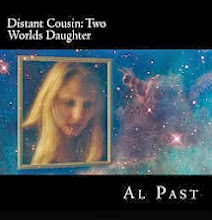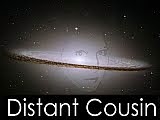First, a bit of background on child language acquisition. Children learn to speak mostly on their own. They are not "taught" in any conventional sense. They practice incessantly, make and correct mistakes, and in only a few short years become native speakers, figuring out how their language works all by themselves.
If you have ever heard a child say something like "The dog bited me," that's a bit of evidence of this. Children don't copy adults saying that because adults don't say that. Such a mistake shows the child has figured out how past tense works in English (for regular verbs, at least) and applies it to an irregular verb. If it's a mistake, it's a very good one. We have similarly heard a young child say in Spanish "Yo sabo la respuesta" ("I know the answer"), which is a regularization of an irregular Spanish verb. (The correct, irregular, form is "Yo sé la respuesta.") Both "mistakes" are clues that each child has figured out how verbs work...normally. They are actually excellent mistakes.
Any parent knows that young children are ferocious, instatiable learners. The best thing a parent can do is encourage them and let them learn, all the while keeping them out of the knife drawer and high traffic areas. Ana Darcy Méndez, and the people of Thomo, her planet, knew this well. That's why Ana hired bilingual nannies (in DC2), and later, private tutors for her children in a variety of fields (in DC3). (If only more of us could do that!)
Young children are especially gifted at learning languages, though this ability fades into adulthood. If you attempted a foreign language in high school or college, you probably felt remarkably ungifted. You were too old! You'd have done better at age three!
Now we must make a biological point. Where in the body is language actually learned? In the brain, obviously. How does language get to the brain? Via nervous impulses, of course. The brain receives these nervous impulses from all over the body: from the eyes, from the ears, the nose, the skin, the tongue--all in the same "format," via the nervous system.
The point is that, as far as the brain is concerned, language can be aural (via the ears), or visual, via the eyes. (It can even be tactile, through the fingers: braille.) Printed language IS language, just as spoken language is. To the brain, it's all nerve signals. So if small children are such gifted learners of spoken language, why aren't they also gifted learners of printed language?
It turns out that the reason more children don't learn to read at very young ages is that the letters are too small. Compare cat and eat. What is the difference between those two sets of letters? It's the difference between the letters c and e, one tiny line: -. That's all. It's hard to see if you don't know what to look for. Normal children have excellent eyesight. They can spot a tiny spider across a room--but give them a confusing jumble of letters and it's hard to tell cat from eat. Solution: make the letters BIG, especially at first. Train their eyes! They'll figure out the c/e problem, like they figure out the rest of the language, on their own.
The bottom line is that tiny children who are learning spoken language can indeed learn to read that language too, at the same time and in the same way, without being conventionally taught. And, just as those children fortunate enough to be around two spoken languages can learn to speak them both, they can also learn to read them both--at the same time and in the same way.
The next post will provide a brief explanation of the process and some hints for those interested in pursuing early bilingual reading.
























No comments:
Post a Comment